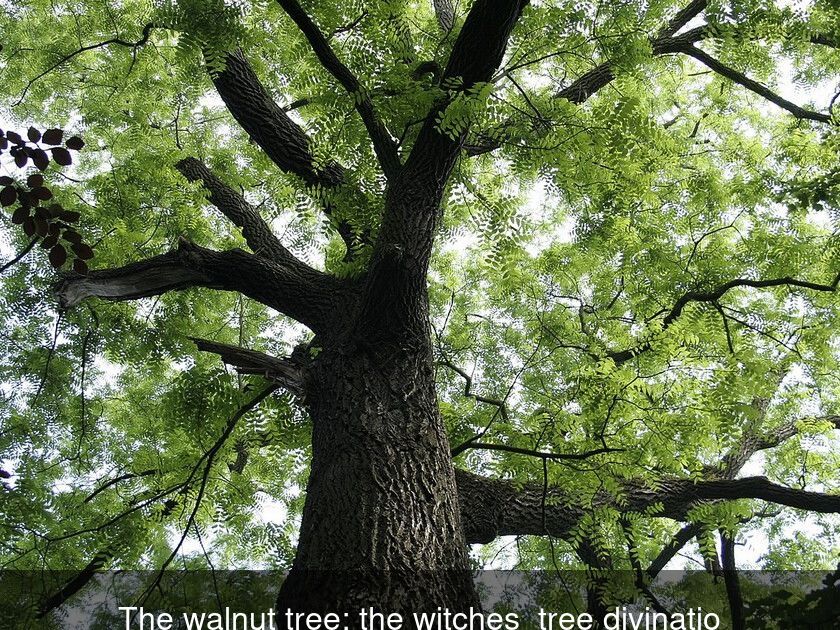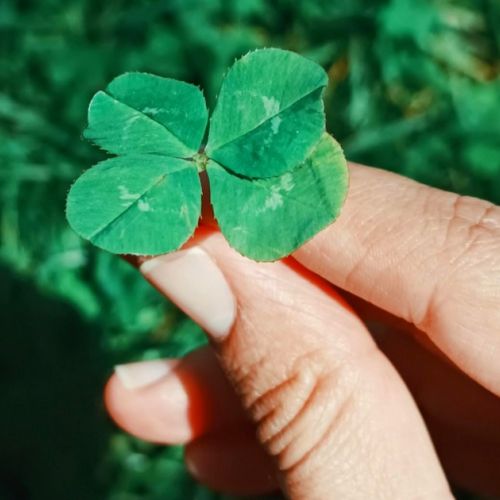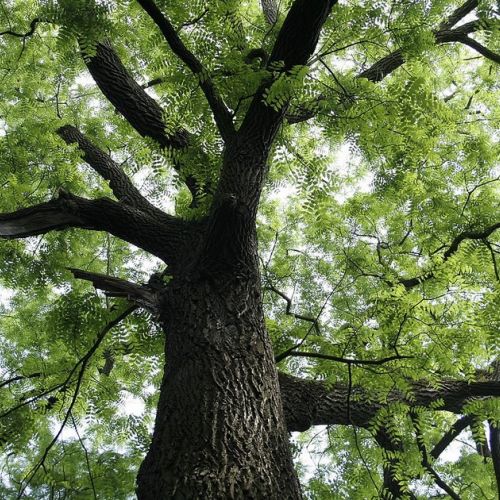The Walnut Tree: The Witches' Tree
In the collective imagination, some plants, toxic or not, are associated with witchcraft. Witches, as is well known, use a whole herbarium in their rituals... It is even said that the Devil himself taught them the virtues of certain plants. Although it produces edible fruits, the walnut tree is one of these species with a sulfurous reputation. We will tell you why it is nicknamed the witches' tree.
A tree surrounded by superstitions.
The walnut tree has a bad reputation, to the point that some refuse to plant it in their garden or take a nap in the shade of its branches.
Old popular beliefs have circulated about it since the Middle Ages. For several centuries now, this fruit tree has been attributed a cursed aura and toxic effects.
Even today, gardeners sometimes say that this tree is toxic, that its foliage is dangerous, and that nothing grows beneath it. But are these fears justified or are they just superstitions passed down from generation to generation?
A plant species associated with witchcraft.
Since the Middle Ages, it has been said that napping under a walnut tree can make you sick. A deeply rooted superstition claims that one should not sleep under this tree, for fear of suffering from headaches and nausea, and even encountering the Devil!
This tree carries a sinister reputation, to the point that its shade is referred to as the “ladies' salon for witches”. It is said that witches dance the sabbath around its trunk and that its thick foliage has an evil aura. Its shade is believed to be harmful to all living beings underneath it, whether plants, animals, or humans.
It is also claimed that one should never plant this tree near a house, as its roots may creep into the hearth and spread everywhere to cause the inhabitants to die.
In the collective imagination, this tree has long been associated with witchcraft. Another popular belief is that to unmask a witch, all one has to do is throw a walnut under her chair. She will then be unable to get up and leave her seat.
Legends with a hint of truth.
Even if you are not superstitious, know that the legends and beliefs surrounding the walnut tree are not entirely false.
The bad reputation of this tree is probably due to two very real elements. On one hand, this tree has very dense foliage. There is an intense coolness under walnut trees that can cause a sudden chill if you nap under these trees in the middle of summer.
On the other hand, this species secretes a herbicidal substance called juglone in its leaves and roots. Juglone is a natural defense of the tree. It is a bitter substance that allows walnuts to repel unwanted insects and inhibit the germination of other plants.
If you have walnut trees in your garden, remember not to compost walnut leaves in the fall due to the presence of juglone. Also, avoid staying under these trees after rain, as it is in humid weather that this toxic substance emanates most from the leaves.
Despite this peculiarity, it is not discouraged to plant this species at home. Some ground cover plants appreciate its cool shade and can thrive without any issues at the base of this tree, such as bugleweed, periwinkle, and wild strawberries.
If you like walnuts, do not deprive yourself of this fruit tree in your garden. Walnuts are not cursed trees, they are simply clever and know how to defend themselves!





